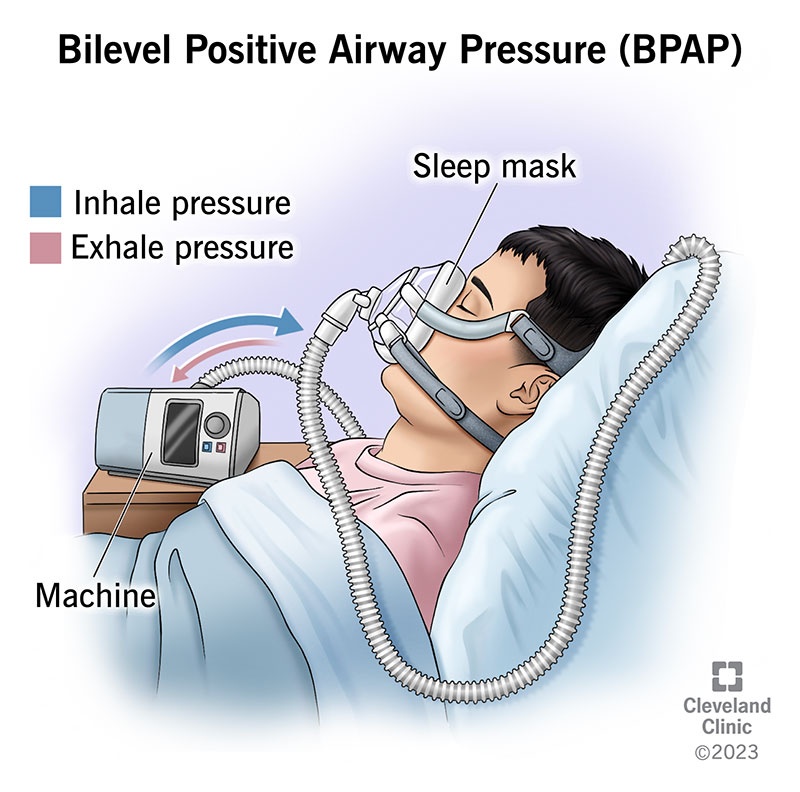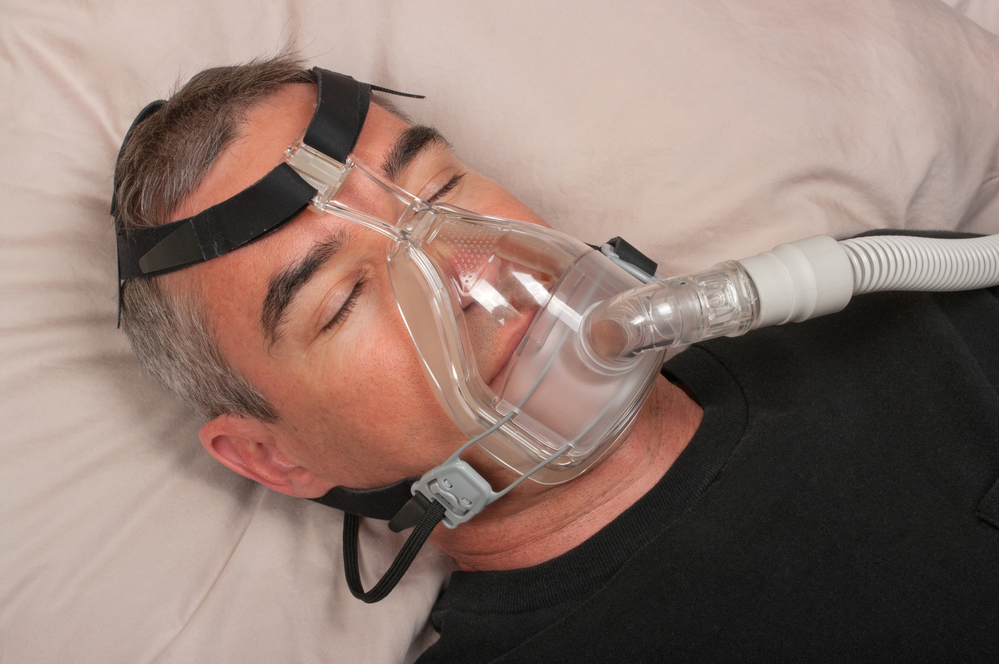Bipap vs. CPAP: Which Is the very best for Your Rest Condition?
When navigating the complexities of sleep disorders, the choice between BiPAP and CPAP treatment is a vital consideration. Each technique provides distinct benefits customized to details problems, yet the choice depends upon private client requirements and comfort levels. While CPAP supplies a steady air flow appropriate for obstructive sleep apnea, BiPAP's double stress settings may boost comfort for those with even more complex respiratory issues. Recognizing these distinctions can significantly impact treatment efficacy, leaving one to ponder which option really aligns with their health and wellness requirements and lifestyle.
Comprehending Rest Disorders
Sleep conditions encompass a variety of conditions that disrupt normal sleep patterns, influencing both the high quality and period of remainder. These conditions can show up in numerous types, including sleeplessness, sleep apnea, narcolepsy, restless leg syndrome, and parasomnias. Each condition offers special challenges, commonly causing considerable daytime tiredness, cognitive disability, and emotional disruptions.
Sleep problems is identified by problem falling or remaining asleep, while rest apnea entails repeated disturbances in breathing during rest, usually causing fragmented remainder. Narcolepsy, on the other hand, is noted by extreme daytime drowsiness and sudden sleep strikes. Troubled leg syndrome triggers awkward sensations in the legs, triggering an irrepressible desire to relocate them, which can likewise hinder the ability to go to sleep.
The effect of rest problems extends past individual health, influencing general performance, connections, and lifestyle. Recognizing the details nature of each problem is important for effective medical diagnosis and treatment. As rest health and wellness ends up being increasingly identified as a crucial part of general health, attending to these conditions is vital for enhancing both sleep quality and day-to-day performance.
Just How CPAP Functions
Constant Positive Air Passage Stress (CPAP) therapy is often employed as a key treatment for obstructive rest apnea (OSA) The mechanism of CPAP includes the use of a device that delivers a constant stream of air with a mask put on throughout rest. This air flow keeps positive pressure in the airway, preventing the collapse or blockage of the throat that can occur during sleep.
When a client breathes in, the CPAP machine supplies a continuous flow of air, making certain that the respiratory tract stays open - BiPAP Rental. This not only alleviates the signs of OSA, such as snoring and interfered with rest patterns, yet also lowers the involved health and wellness risks, consisting of cardiovascular difficulties and daytime fatigue
The stress setups on a CPAP machine can be customized to satisfy specific patient requirements, typically determined with a sleep research. Clients typically go through titration researches to find the optimal stress degree for their distinct problem. Routine follow-up and adjustments may be essential to guarantee performance and comfort. Overall, CPAP therapy has actually been revealed to considerably improve the top quality of rest and overall health and wellness for people experiencing from obstructive rest apnea.
Just How BiPAP Functions
BiPAP, or Bilevel Positive Airway Stress, is a specific type of non-invasive ventilation that is particularly helpful for people with conditions such as intricate rest apnea or respiratory system problems. Unlike CPAP, which supplies a continual stream of air at a single stress, BiPAP supplies 2 unique pressure settings: a greater inspiratory stress for breathing and a lower expiratory pressure for exhalation. This dual-pressure approach permits for easier breathing, decreasing the effort required during exhalation.
The gadget operates through a mask fitted over the nose or mouth, connected to an equipment that generates air pressure. When the client inhales, the equipment supplies the greater stress to help with airflow, guaranteeing that the airway continues to be open. Upon exhalation, the maker automatically minimizes the stress, making it more comfortable for the person to take a breath out.

Key Differences Between BiPAP and CPAP

In contrast, BiPAP (Bilevel Favorable Respiratory tract Pressure) uses 2 different stress setups: one for breathing and a lower one for exhalation. This double stress system allows for more comfortable breathing, especially for people who have a hard time with breathing out versus a continual stress. BiPAP is commonly advised for clients with complicated rest apnea, persistent obstructive lung disease (COPD), or those who require extra assistance throughout sleep.
Furthermore, the complexity of BiPAP gadgets typically results in a higher cost and needs a lot more mindful titration than CPAP. BiPAP Rental. Understanding these crucial distinctions can aid in recognizing which device may be more suitable for particular sleep disorders, setting the groundwork for informed therapy choices
Picking the Right Treatment
The decision between BiPAP and CPAP treatment mostly hinges on the details features of the sleep disorder, the person's total health and wellness, and their convenience with the gadget. CPAP, which delivers a continual stream of air, is frequently prescribed for obstructive rest apnea (OSA)
On the other hand, BiPAP provides 2 levels of stress: More hints one for inhalation and a reduced one for exhalation. This dual stress system is advantageous for individuals with complex rest apnea or those who experience trouble exhaling versus directory a continuous stress. Additionally, BiPAP is usually suggested for people with breathing problems, such as chronic obstructive lung disease (COPD), where varying stress settings can improve comfort and conformity.
Eventually, an extensive analysis by a sleep professional, including a sleep study, can assist determine which therapy straightens finest with the person's demands. Variables such as comfort, convenience of usage, and certain clinical problems need to likewise be considered to enhance treatment end results.
Conclusion
In summary, both BiPAP and CPAP serve distinct objectives in the management of sleep conditions. CPAP is effective for obstructive rest apnea with consistent air flow, while BiPAP supplies double stress setups that enhance convenience for those with complicated rest apnea or breathing problems. The choice between these treatments must be led by specific requirements and problems, demanding a thorough evaluation by a rest professional to make certain optimum therapy results and improved quality of rest.

Generally, CPAP therapy has actually been revealed to considerably enhance the top quality of sleep and overall view website health and wellness for individuals experiencing from obstructive sleep apnea.
BiPAP is usually recommended for clients with complicated rest apnea, persistent obstructive lung condition (COPD), or those that call for additional support during sleep.
CPAP is effective for obstructive sleep apnea through constant air flow, while BiPAP uses double stress setups that enhance comfort for those with complex sleep apnea or respiratory issues.